Podcasts, the modern-day audio storytelling medium, have witnessed unprecedented popularity. Here’s the intriguing question: “Is there a way to turn a podcast into a transcript?”. Yes, there is “A podcast transcript generator tool.” Transcriptal can help you with that! You can convert YouTube video transcripts to text.
These digital broadcasts cover various topics, from informative discussions to entertaining narratives, making them versatile and engaging content. As more creators join the podcasting landscape, the need to optimize these audio files for various purposes becomes evident.
One such optimization strategy gaining traction is the creation of podcast transcripts. These written versions of podcast episodes offer numerous advantages, including increased accessibility, enhanced search engine visibility, and the ability to repurpose content for different platforms.
What is Podcast Transcription?
Podcast transcription is the process of converting spoken content from audio or video files into written text. This transformation serves as a bridge between auditory and visual mediums, opening up new possibilities for engagement.
Transcripts hold immense value in improving accessibility for individuals with hearing impairments, facilitating SEO optimization for search engine discoverability, and enabling content creators to repurpose their material for blog posts, articles, or social media content.
The Challenge of Podcast Transcription
Despite the benefits, the journey from spoken words to accurate text poses a significant challenge. Spoken language is inherently nuanced, with various factors such as accents, background noise, and multiple speakers complicating the transcription process.
Manual transcription, a traditional method, is time-consuming and prone to errors, making it less than ideal for the fast-paced world of podcasting. The need for a more efficient and reliable solution has paved the way for exploring podcast transcript generator.
Accuracy vs. Speed Trade-off
A critical consideration when employing a podcast transcript generator is the inherent trade-off between accuracy and speed. While automated tools can swiftly transcribe content, there may be instances where nuanced or specialized language requires human intervention.
Creators must carefully evaluate the importance of precision in their specific context and weigh it against the efficiency gains offered by automation.
Editing and Fine-Tuning
Even with advanced technologies, podcast transcripts may require editing and fine-tuning. Accents, homophones, and contextual understanding can pose challenges for automated tools.
Content creators should allocate time for reviewing and refining transcripts to ensure the final text accurately reflects the intended message. This editing process is crucial for maintaining the quality and coherence of the content.
Solutions And Technologies For Podcast Transcription
Various solutions and technologies have emerged to address the challenges associated with podcast transcription. One promising avenue is the utilization of podcast transcript generators—automated tools designed to transcribe audio content swiftly and accurately.
These tools encompass diverse approaches, including human transcription services, AI-powered transcription tools, and free online tools.
1. Human Transcription Services
Professional transcription services provide a high level of accuracy but often come with a substantial cost. The reliance on human expertise ensures nuanced understanding and precise transcription. However, the financial implications may deter many content creators, particularly those operating on a tight budget.
2. AI-Powered Transcription Tools
AI-powered transcription tools leverage advanced technologies like machine learning algorithms to transcribe podcasts efficiently. These tools balance speed and affordability, making them increasingly popular in the podcasting community. Notable among these tools is Fireflies.ai, which employs artificial intelligence to transcribe, summarize, and analyze podcast content automatically.
3. Free Online Tools
Free online tools like oTranscribe provide a viable option for those seeking cost-effective solutions. While these tools may lack some advanced features in paid alternatives, they are a convenient choice for basic transcription needs. oTranscribe, for instance, allows users to transcribe audio or video files without software downloads.
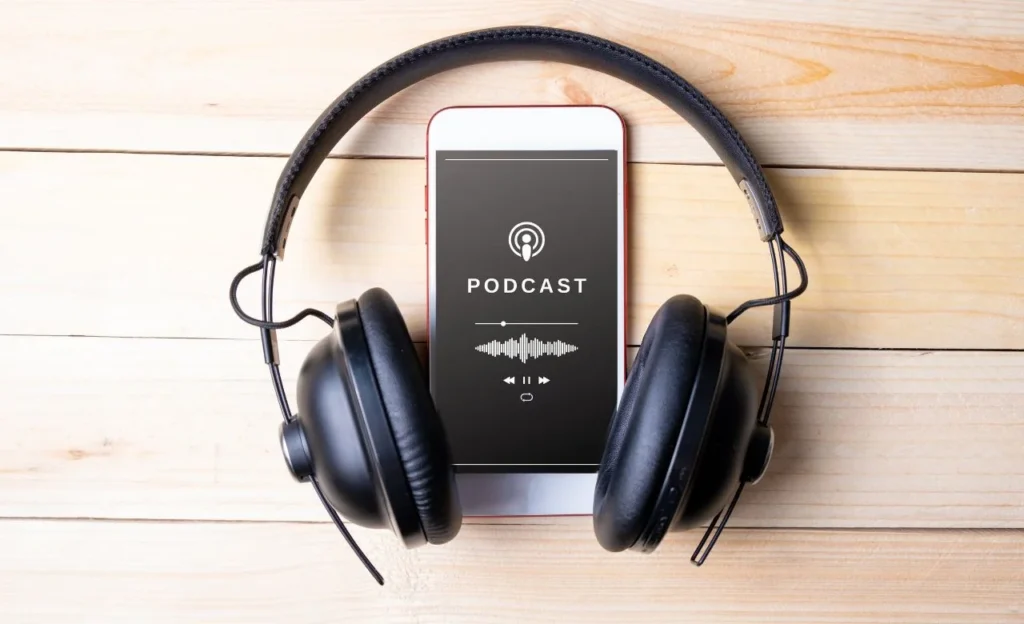
Best Option | Podcast Transcript Generator: What is it?
How Podcast Transcript Generators Work? Podcast transcript generators rely on sophisticated technology, often incorporating artificial intelligence and machine learning algorithms. These algorithms analyze audio patterns, recognize speech, and convert spoken words into written text. The technology aims to minimize errors and enhance the overall accuracy of the transcription process.
The accuracy and reliability of podcast transcript generator tools vary among different tools. AI-powered solutions, like Transcriptal, Fireflies.ai, boast accuracy rates exceeding 90%, providing a time-efficient alternative to manual transcription. However, users must consider factors such as background noise, accents, and the quality of the original recording to achieve optimal results.
Popular Podcast Transcript Generator Tools
The surge in podcast popularity has led to the development of a myriad of transcript generator tools, each offering unique features to cater to the diverse needs of content creators. I delve into six noteworthy podcast transcript generator tools, exploring their functionalities, advantages, and potential drawbacks.
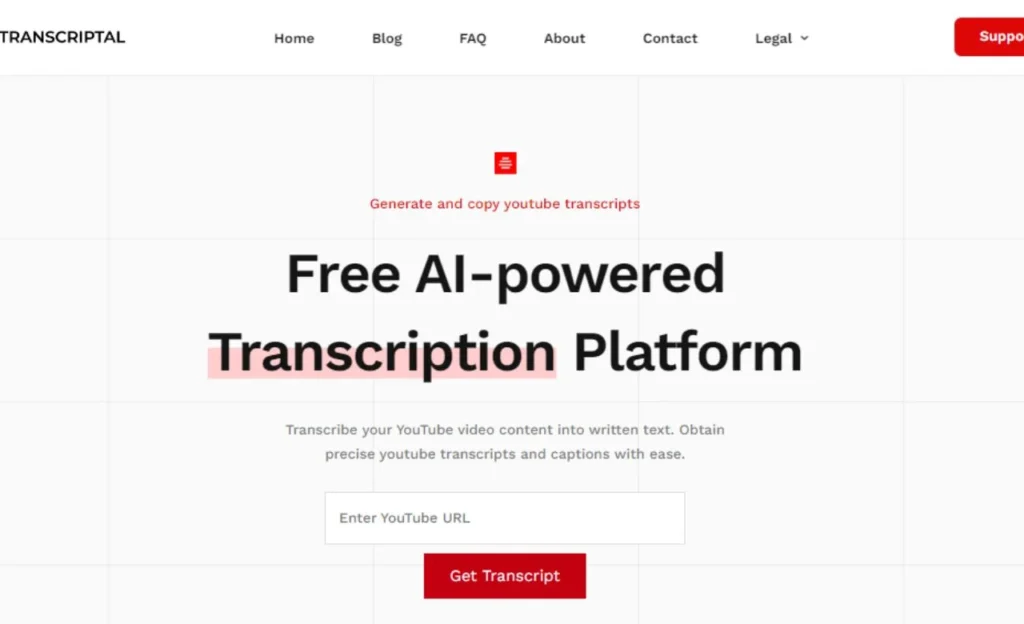
1. Transcriptal
Transcriptal has gained recognition as a user-friendly, free online tool that simplifies the podcast transcription process. It stands out for its seamless operation – users merely need to input a YouTube video link, and the corresponding text is generated within seconds. While Transcriptal’s convenience is undeniable, it’s important to note that this tool requires a stable internet connection.
Transcriptal’s Pros:
- Cost-Effective: Being a free online tool, Transcriptal is an excellent option for those on a budget, providing transcription services without any financial burden.
- User-Friendly Interface: The tool boasts a simple and user-friendly interface, making it accessible even for individuals with minimal technical expertise.
- Quick Turnaround: The speed of Transcriptal is noteworthy, offering rapid transcription services for users seeking immediate results.
Transcriptal’s Cons:
- Internet Dependency: One of the drawbacks of Transcriptal is its reliance on an internet connection. Users without a stable connection may find it challenging to use this tool effectively.
- Limited Features: While suitable for basic transcription needs, Transcriptal may lack some advanced features in paid alternatives. Users seeking a more comprehensive tool might explore other options.
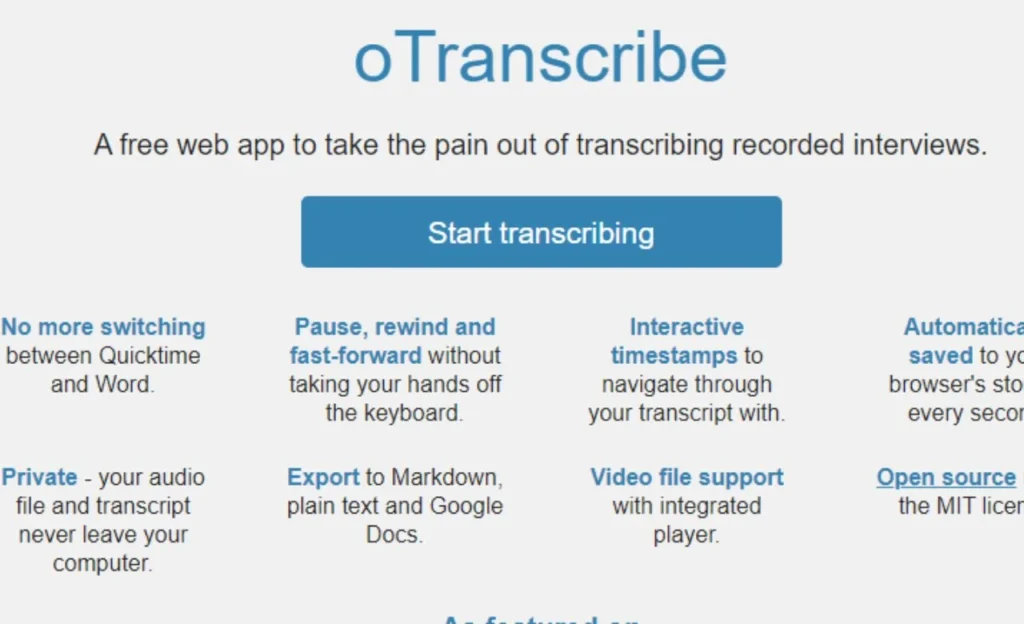
2. oTranscribe
oTranscribe is an open-source, web-based platform designed to offer free podcast transcription services. Users can upload audio or video files, including YouTube links, and initiate the transcription process effortlessly. Despite being a cost-effective solution, oTranscribe may have limitations compared to its paid counterparts.
oTranscribe’s Pros:
- Cost-Free: One of the standout features of oTranscribe is its cost-free nature, making it an attractive option for individuals seeking budget-friendly transcription services.
- No Software Download: Users can transcribe podcasts directly through their web browsers, eliminating the need for software downloads and installations.
- User-Friendly Interface: Similar to Transcriptal, oTranscribe prides itself on a user-friendly interface, ensuring accessibility for users of varying technical proficiency.
oTranscribe’s Cons:
- Limited Features: While suitable for basic transcription needs, oTranscribe may lack the advanced features that paid tools provide. Users requiring more sophisticated functionalities might consider alternative options.
- Internet Dependency: Like Transcriptal, oTranscribe relies on an internet connection for its operation, which may be a limitation for users in low-connectivity environments.
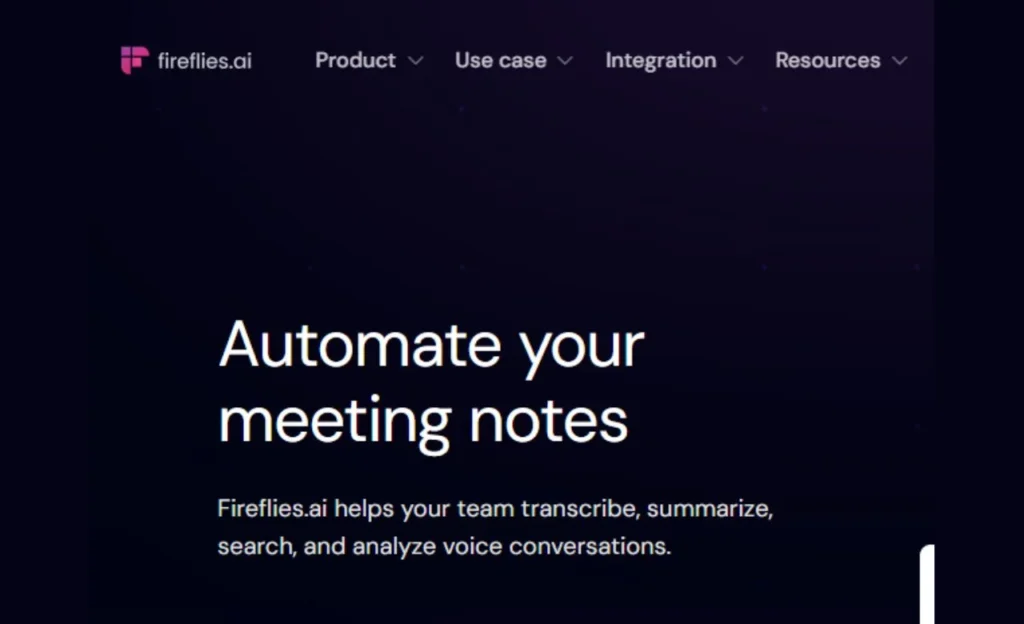
3. Fireflies.ai
Fireflies.ai distinguishes itself as an AI-powered podcast transcript generator tool that goes beyond basic transcription. With features such as automatic transcription, variable playback speed, and AI-generated summaries, Fireflies.ai offers a comprehensive solution for content creators seeking efficiency and accuracy. However, its free plan has certain limitations.
Fireflies.ai’s Pros:
- AI-Powered Automation: The utilization of artificial intelligence enables Fireflies.ai to automatically transcribe podcasts, saving users valuable time and effort.
- Variable Playback Speed: Content creators can adjust the playback speed, facilitating easy editing and review of transcripts at a pace that suits their workflow.
- AI-Generated Summaries: Fireflies.ai goes a step further by providing AI-generated summaries, offering a quick overview of the podcast’s key points without the need for extensive listening or reading.
- Multi-Language Support: Supporting transcription in 32+ languages and accents, Fireflies.ai caters to a global audience, ensuring inclusivity.
Fireflies.ai’s Cons:
- Internet Dependency: Like other online tools, Fireflies.ai requires an internet connection for uploading files and downloading transcripts.
- Limited Free Plan: While Fireflies.ai offers a free plan, it has constraints on transcription credits and storage. Users with higher demands may need to consider premium plans.
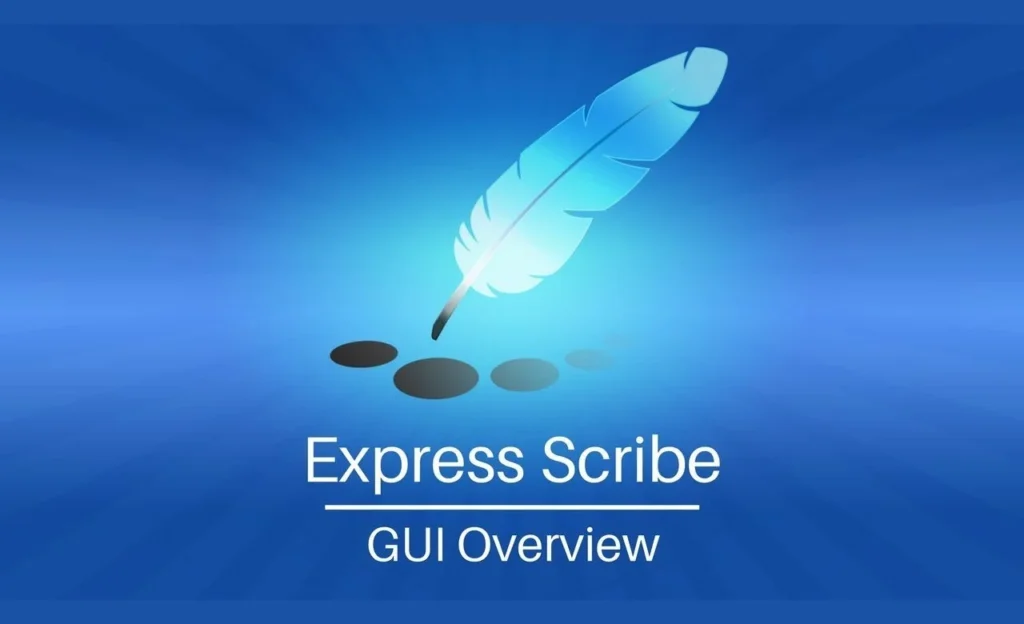
4. Express Scribe
Express Scribe takes a different approach by offering downloadable transcription software for Windows and Mac computers. This software, available in free and paid versions, provides users with offline capabilities and supports a wide range of audio and video formats. While the free edition has basic features, the pro edition offers more advanced functionalities.
Express Scribe’s Pros:
- Offline Transcription: Express Scribe allows users to transcribe offline, providing flexibility and convenience, especially in environments with limited internet access.
- Wide Format Support: The software supports over 45 audio and video formats, ensuring compatibility with diverse file types commonly used in the podcasting industry.
- Integration with Accessories: Express Scribe is compatible with transcription accessories like foot pedals, enhancing the overall transcription experience for users who prefer physical controls.
Express Scribe’s Cons:
- Software Download: Unlike web-based tools, Express Scribe requires users to download and install the software on their computers, which may be perceived as an additional step.
- Cost for Pro Version: While a free version is available, users seeking advanced features must opt for the pro version, incurring a cost.
- Potential Accuracy Issues: The automatic transcription feature may not be as accurate as human transcription, and users may need to invest in additional speech recognition software for improved results.
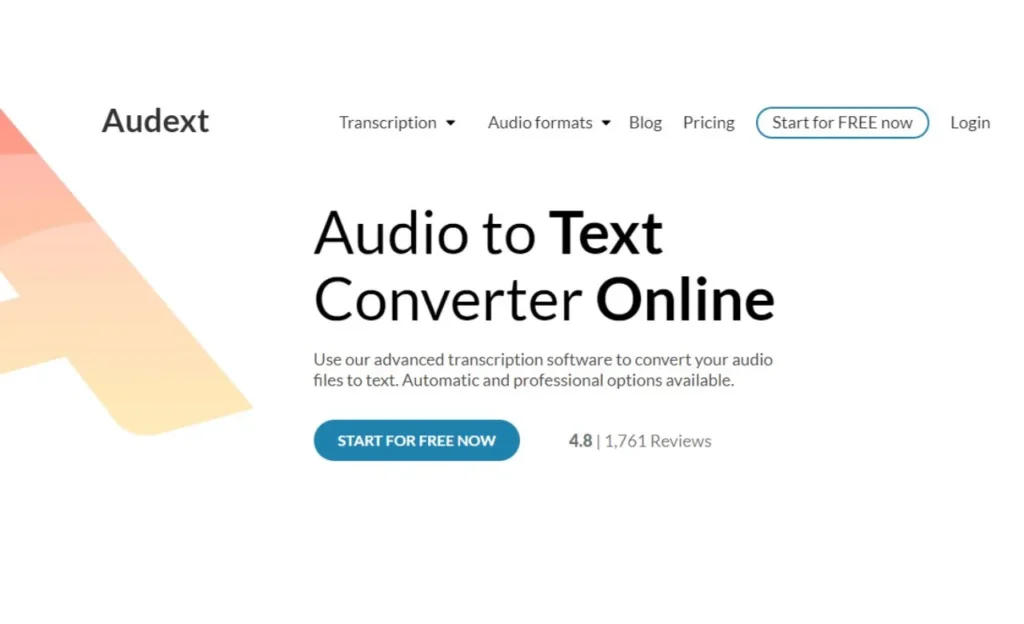
5. Audext
Audext is an audio-to-text converter platform offering manual and automated transcription services. The platform supports transcription in 60+ languages, making it a versatile tool for a global user base. While the automated transcription option provides a quick turnaround, users must consider the balance between cost and accuracy.
Audext’s Pros:
- Manual and Automated Options: Audext caters to users with different needs by providing both manual and automated transcription options, offering flexibility.
- Multilingual Support: With transcription services in 60+ languages, Audext ensures inclusivity, allowing creators to reach diverse audiences.
- Quick Turnaround: The automated transcription service promises a quick turnaround, enabling users to obtain transcripts efficiently.
Audext’s Cons:
- Cost Considerations: While the automated transcription service offers speed, users should consider the cost, especially for long podcasts. The balance between cost and accuracy is a crucial factor.
- Accuracy of Automated Transcription: The automated transcription option, while quick, may not offer the same level of accuracy as manual transcription. Users should assess their specific needs before choosing the appropriate service.
- Wait Time for Manual Transcription: Opting for manual transcription may involve a three-day wait time, potentially impacting users with urgent requirements.
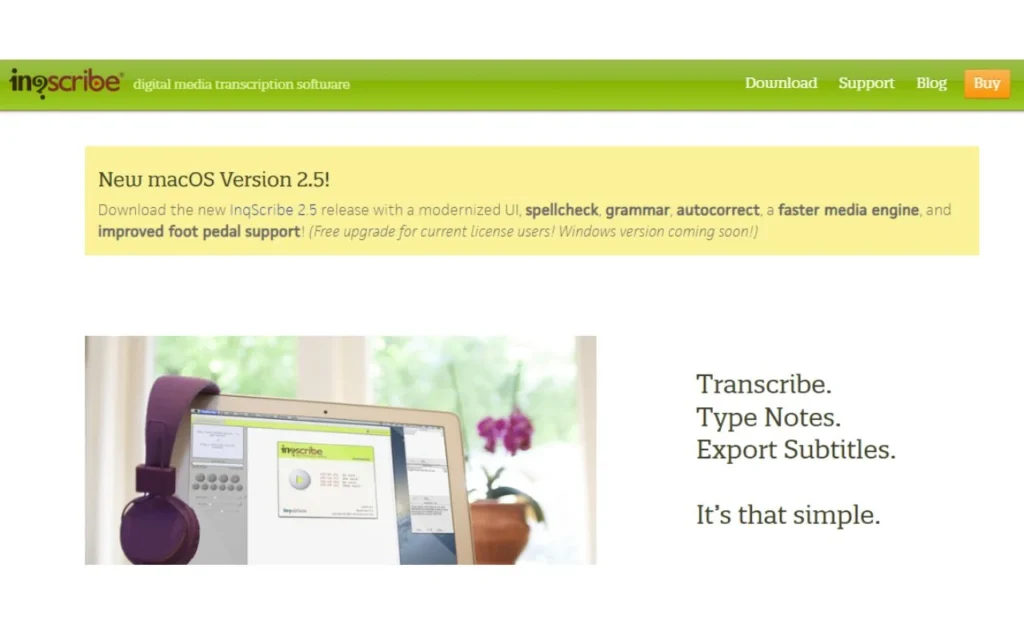
6. InqScribe
InqScribe positions itself as transcription software designed for manual transcription. The software simplifies the transcription process with offline spell and grammar checks, making it suitable for professional transcribers. However, it has a one-time licensing cost and may not cater to users seeking automated solutions.
InqScribe’s Pros:
- Offline Transcription: Similar to Express Scribe, InqScribe offers offline transcription capabilities, providing users with flexibility in their workflow.
- Foot Pedal Compatibility: InqScribe supports using an external foot pedal for controlling media playback, enhancing the hands-free experience for users engaged in transcription.
- Custom Shortcuts: The software allows users to create custom shortcuts for controlling media playback and transcript navigation, streamlining the transcription process.
InqScribe’s Cons:
- Steep Learning Curve: InqScribe may have a steeper learning curve, making it more suitable for professional transcribers accustomed to detailed and customizable features.
- No Free Version: Unlike other tools, InqScribe does not offer a free version. Users must purchase a one-time license to access its features.
- No Automated Transcription: InqScribe focuses solely on manual transcription, lacking the automated features provided by some other tools. Users seeking automation may need to explore alternative solutions.
Top 6 Benefits of Transcribing Your Next Podcast
The symbiotic relationship between podcasts and transcription yields six compelling benefits:
- Accessibility: Transcripts make podcast content accessible to a wider audience, including individuals with hearing impairments.
- SEO Enhancement: Transcripts contribute to improved SEO, increasing the discoverability of podcast episodes on search engines.
- Content Repurposing: Transcripts provide a written version of the podcast, enabling creators to repurpose content for articles, blog posts, or social media.
- Enhanced User Experience: Offering transcripts enhances the overall user experience, allowing listeners to follow along, search for specific information, or review content at their own pace.
- Language Comprehension: Transcripts aid comprehension for non-native speakers, helping them grasp the content more effectively.
- Legal and Ethical Compliance: In certain industries, providing transcripts may be a legal or ethical requirement, ensuring transparency and compliance.

Steps To Turn A Podcast Into A Transcript
Transcribing a podcast involves several steps, each crucial to ensuring an accurate and high-quality written representation of the spoken content. Here is a comprehensive guide on how to turn a podcast into a transcript:
Step 1: Uploading the Podcast
The initial step in the transcription process is uploading the podcast episode to the chosen transcription tool. Different tools have varying methods for file upload:
- Web-Based Tools (e.g., oTranscribe): For online tools, such as oTranscribe, users typically navigate to the website and upload the audio or video file directly. This eliminates the need for software downloads.
- Software-Based Tools (e.g., Express Scribe): Software like Express Scribe requires users to download and install the application on their computers. After installation, users can import the podcast file directly into the software.
- AI-Powered Tools (e.g., Fireflies.ai): AI-powered tools like Fireflies.ai usually have a web-based interface where users upload the podcast file. These tools leverage advanced algorithms to automatically transcribe the content.
Regardless of the tool chosen, this step sets the foundation for the transcription process.
Step 2: Generating and Editing the Transcript
Once the podcast is uploaded, the chosen tool generates an initial transcription. However, it’s important to note that automated transcriptions may not be perfect, especially in accents, background noise, or specialized terminology. Therefore, the next crucial step involves reviewing and editing the generated transcript:
- Reviewing for Accuracy: Go through the generated transcript to ensure accuracy. Pay attention to words that may be inaccurately transcribed due to accents or complex vocabulary.
- Correcting Errors: Correct any errors in the transcript. Many tools allow users to make corrections directly within the interface, ensuring a seamless editing process.
- Refining for Clarity: Refine the transcript for clarity. Ensure that the written text captures the nuances of the spoken words, maintaining the overall coherence of the content.
- Ensuring Alignment with Intent: Confirm that the final transcript aligns with the intended message of the podcast. This step is crucial for preserving the authenticity and tone of the original spoken content.
Step 3: Considering Additional Features
Depending on the chosen transcription tool, there may be additional features to enhance the overall transcription experience:
- Variable Playback Speed: Tools like Fireflies.ai offer variable playback speeds, allowing users to listen to the audio at different tempos. This feature can be beneficial for detailed review and editing.
- AI-Generated Summaries: Some AI-powered tools provide AI-generated summaries of the podcast content. These summaries offer a quick overview without listening to the entire recording.
Step 4: Exporting the Transcript
Users can export the transcript in their desired format once the transcript is reviewed and edited to satisfaction. Most tools offer various export options, including:
- Download as Text File: Export the transcript as plain text, which can be easily shared or used for further editing.
- Export with Timestamps: Some tools allow users to export the transcript with these timestamps intact for podcast episodes that include timestamps. This can be useful for reference or synchronization with the original audio.
- Alternative Formats (e.g., PDF, DOCX): Many tools support exporting transcripts in different formats, such as PDF or DOCX, providing versatility in utilizing the written content.
The Future of Podcast Transcription: Opportunities and Challenges
As the podcast landscape continues to evolve, the future of podcast transcription holds both opportunities and challenges. Technological advancements in AI may lead to even more sophisticated and accurate transcription tools.
However, content creators should remain vigilant regarding potential ethical considerations, such as the responsible use of AI and the impact on human employment in transcription services.
Whether choosing free online tools or investing in AI-powered solutions, content creators have many options to make their podcasts more accessible, discoverable, and versatile. As the podcasting industry burges, the role of transcription in shaping the future of audio content cannot be overstated. Happy podcasting!
Before Leaving…
A podcast transcript generator like Transcriptal plays a pivotal role in maximizing the potential of podcast content. By transforming spoken words into written text, creators can amplify accessibility, enhance discoverability, and repurpose their material for diverse purposes. While various tools offer solutions catering to different needs and budgets, content creators must carefully weigh the benefits and limitations of each option.


